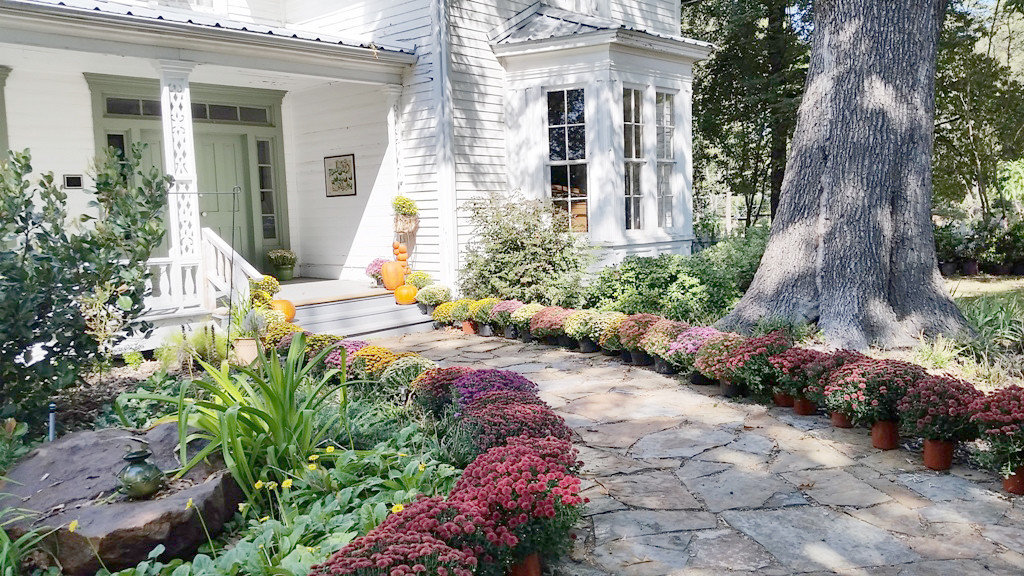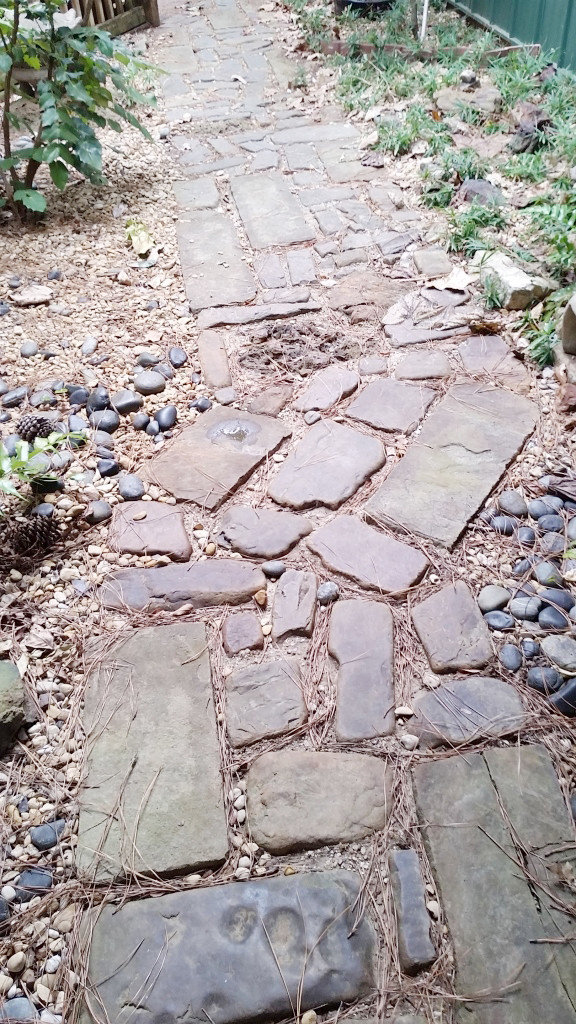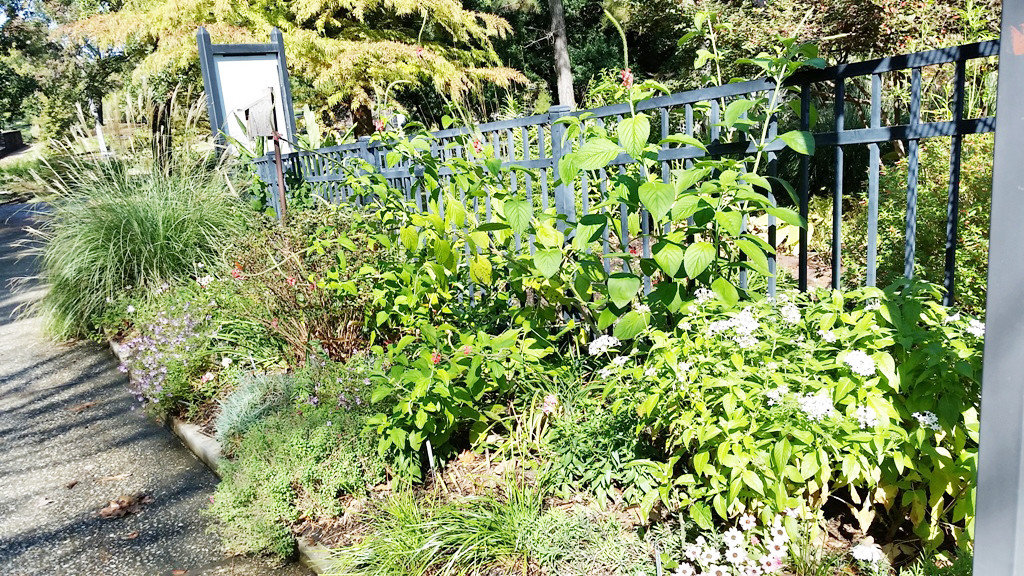Create your own path in your East Texas garden
Most of the country has put their gardens to sleep by December, not to be revisited until spring. But in East Texas, we’re so glad for the break from the summer heat that we will start a new garden …
This item is available in full to subscribers.
Attention subscribers
To continue reading, you will need to either log in to your subscriber account, or purchase a new subscription.
If you are a current print subscriber, you can set up a free website account and connect your subscription to it by clicking here.
If you are a digital subscriber with an active, online-only subscription then you already have an account here. Just reset your password if you've not yet logged in to your account on this new site.
Otherwise, click here to view your options for subscribing.
Please log in to continueNeed an account?
|
Create your own path in your East Texas garden



Most of the country has put their gardens to sleep by December, not to be revisited until spring. But in East Texas, we’re so glad for the break from the summer heat that we will start a new garden project on any nice day. My project for this fall (yes, it’s still fall) is to upgrade one small path in my garden from mulch to brick.
The most basic purpose of a path in a garden is to get you safely from point A to point B. I come from a line of practical, frugal people. Our paths were direct lines made out of concrete or flagstone that moved us through the yard – a straight sidewalk from the back porch to the alley or from the back porch to the front of the house. They were just wide enough for a wheelbarrow or a wagon (or a bicycle with training wheels) with as few turns as needed to get to your destination. When it was time to carry groceries to the house, or shovel snow in the winter, we were grateful for the direct routes.
But paths can also be a design element in the garden. Their shape and their material can direct the course and speed of visitors through your garden. Wider paths encourage people to meander slowly, side-by-side, while narrow paths hurry us along. Straight paths suggest a more formal garden and walking with purpose, while curved pathways are informal and suitable for strolling. Plan your paths with a destination – a garden bench, a gate, a fountain, a specimen plant – so that visitors are rewarded for following the path. Position a focal point hidden around a curve to add a feeling of surprise to the journey.
The materials used in a path are part of the design as well. After my knee replacement, I realized that my primary functional paths – from the driveway to the door, for example – needed to be more solid footpaths; I changed the material from mulch to flagstone and brick. At the Arboretum in Quitman, most of the paths in the garden areas are grass, but they are subject to disruption by armadillos and gophers. We hope to upgrade them now that the hog damage has been repaired. Many public gardens have concrete or asphalt paths for the main walkways, for accessibility, with smaller paths of flagstone or decomposed granite.
In your home garden, your paths can be pebbles, gravel, stone, mulch, brick, or swept dirt – almost any surface you can imagine. Each has a different feel under your feet, and many such as gravel can add sound to your garden walks. There is an area at the IDEA garden in Tyler that showcases several different materials that can help you decide what to use in your path. Consider mixing the materials in your design to add more interest to your path – brick and gravel, or cobblestones and pebbles. If you mix materials, make sure you integrate both all along the path, so it doesn’t look like you ran out along the way.
The final step in designing a path in your gardens is deciding whether you need something to edge your paths. If your paths are gravel, pebbles, or mulch, you’ll need something to keep it in place such as metal or rubber landscape edging, landscape pavers, or bricks. Aside from being functional, edging can also frame your paths, so look at a contrasting texture for your edging. Plant material in the garden can serve as the edging for your paths; low-growing or cascading plants, such as liriope or mondo grass, sedum, or purple oxalis, soften the path’s edges. Pick plants that enhance the color of the materials used. To edge my paths, I have used some uncommon materials such as wine bottles stuck in the ground; they’re free, easy to install, and can be moved to adjust the flow of the path. Avoid using these where you might use power lawn tools, and make sure you put them at an angle to discourage mosquito breeding in water that collects on the bottom of the bottles.
There are some practical considerations if you’re laying out a new path. Sometimes traffic seeks its own flow in the garden. I had designed two swooping paths that overlapped, resulting in a ‘V’ at the end of one bed. My dogs cut across that bed so much that I laid flagstone on their shortcut. I also laid brick in another section of the path with the holes up; it so bothered my dogs that they walked in the beds rather than on the path and I am redoing that whole section. For best results, mark where your paths will be with a garden hose or spray paint, and live with it for a while to test the layout: run the lawn mower along the curves; push your wheelbarrow or pull your cart; walk along the path; and see if you need to tweak the layout. It’s much easier to do before you set the path, and you’ll be assured that your paths are functional.
How you design your paths will determine whether walking them is about the journey or the destination. What will you choose, in your east Texas garden?
Lin Grado is the garden manager at the Quitman Arboretum and Botanical Gardens. Email her at txgardengal@gmail.com with your gardening questions or suggestions for future columns. Lin is also available to answer your gardening questions at the Quitman Arboretum each Wednesday from 9 till noon.








